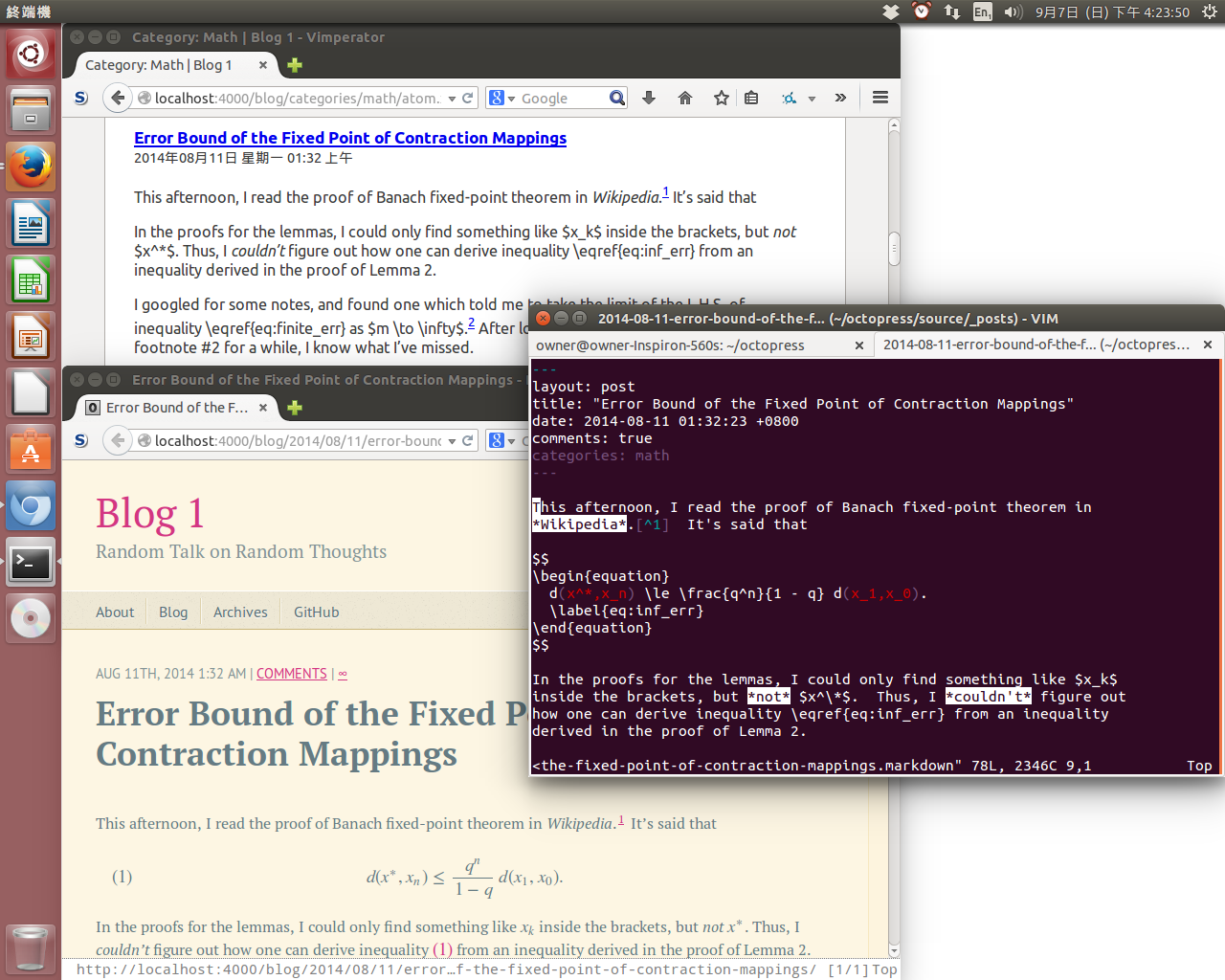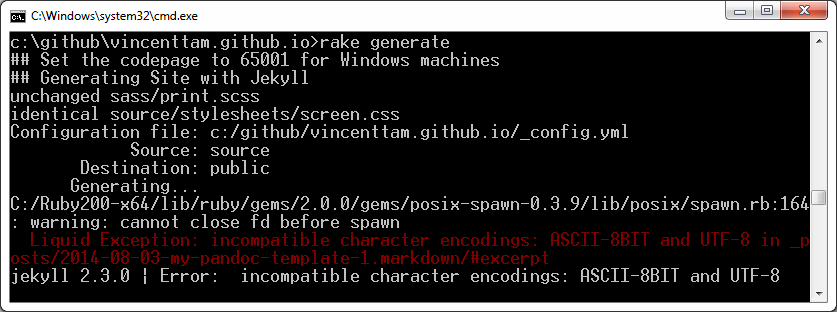Half a year ago, when I heard the concept of well-defined
functions, I wasn’t familiar with it.
I’ve just worked out a problem, and got more idea about that concept.
The problem should be quite easy. It asks readers to show that if
$\langle G, * \rangle$ is a group, $g \in G$ and $\varphi_g: G \to G$
is a mapping defined by $\varphi_g (x) = g * x * g^{-1}$, then
$\varphi_g: G \to G$ is an automorphism. However, I misunderstood
the wordings in the question, and attempted to prove that the binary
structure $\langle \{\varphi_g \mid g \in G\},\circ \rangle$ is
isomorphic to $\langle G, * \rangle$, where $\circ$ denotes the
composition of functions. As a result, I let $\phi: \{\varphi_g
\mid g \in G\} \to G$ be a mapping defined by $\phi(\varphi_g) = g$.
The associativity, existence of identity element and existence of
inverse of the binary structure can be easily verified. By the very
definition of $\phi$, it seems that its surjectivity is very obvious.
I continued to write “injectivity of $\phi$ is also obvious.”
\[
\phi(\varphi_{g_1}) = \phi(\varphi_{g_2}) \iff g_1 = g_2
\implies \varphi_{g_1} = \varphi_{g_2}
\]
I tried to turn the above rightward double arrow ‘$\implies$’ into a
double-headed one. If I couldn’t do so, it means that
$\phi(\varphi_{g_1}) = \phi(\varphi_{g_2})$, though $g_1 \neq
g_2$. I realised that I need to check whether $\phi$ was
well-defined. As a result, I wasted an hour on some equations.
Suddenly, I stopped substituting $x = g_1$ or $x = g_2$ into
$\varphi_{g_1} (x) = \varphi_{g_2} (x)$. Instead I took $\langle
G, * \rangle = \langle \R, \cdot \rangle$ and realized what I just did
was a waste of time.

 ,
but it’s “aborting commit due to empty commit message”.
,
but it’s “aborting commit due to empty commit message”.
